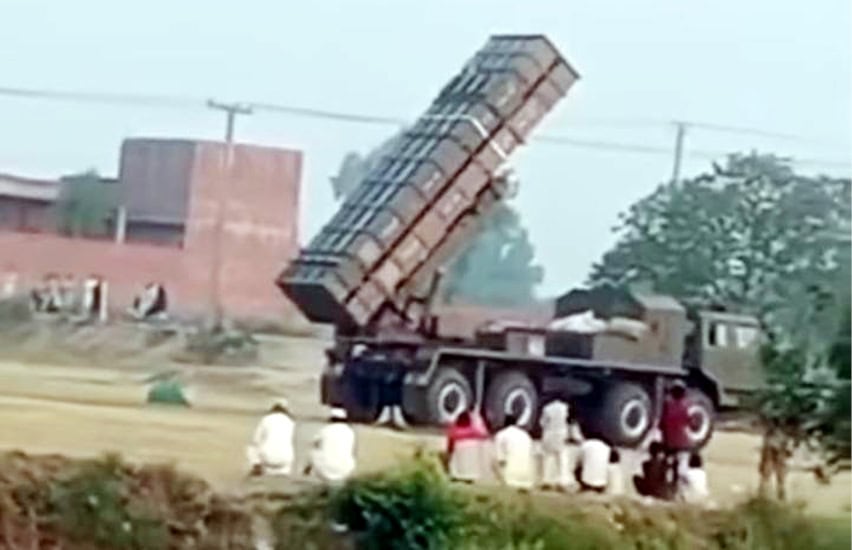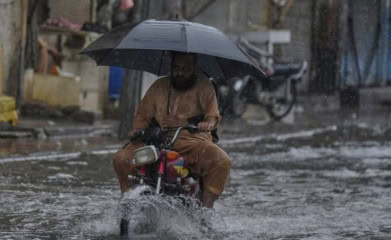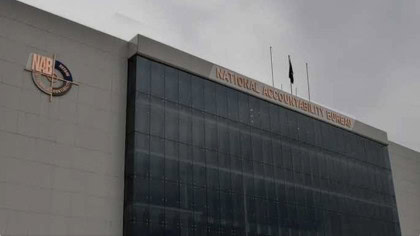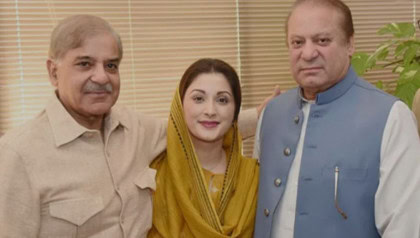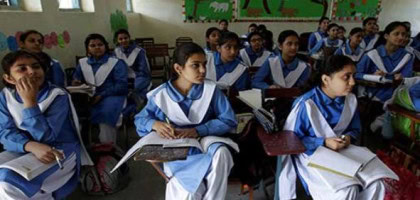AS missiles rain down, drones buzz overhead and jets fall from the skies, South Asia has once again become a point of global concern.
The recent military confrontations between India and Pakistan, triggered by India’s air and missile strikes on Pakistani territory during the night of May 6–7 May, 2025, have shattered any illusions of regional stability.
With 36 Pakistani civilians killed, five Indian aircraft downed and the Nauseri Dam targeted, this conflict has escalated beyond a mere border skirmish.
The world witnessed the patience of Pakistan and resilience to avoid the conflict, which India perceived as weakness, inviting our response, which India was unable to perceive or imagine.
This prompted India to urgently seek intervention from U.S.President Trump on May 11, following Pakistan’s launch of “Operation Bunyan al Marsoos,” which caused significant damage to several Indian military bases and missile sites.
The world watches anxiously, wondering whether the peace brokered by President Trump can withstand this crisis or if it will deteriorate.
In 2020, President Trump made headlines by acting as a mediator during a volatile period in Indo-Pak relations, urging both sides to de-escalate after the Pulwama attack and committing the U.S. to facilitating peace.
While his intervention brought temporary calm, it failed to address the core issue: the unresolved Kashmir dispute and India’s increasingly unilateral policies, such as the revocation of Article 370 and 35A in 2019 and, more recently, the suspension of the Indus Waters Treaty.
These actions violated bilateral commitments and international norms, undermining the foundation upon which any lasting peace must rest.
India now finds itself in a diplomatically precarious position.
Having chosen military escalation without first exhausting diplomatic channels, it faces increasing global scrutiny.
Its options are narrowing: it can overlook the ceasefire and continue military operations, risking a full-blown conventional war and potential international isolation; or it can pursue a negotiated ceasefire, with special demands from Pakistan, as is undoubtedly a winner of this short-lived confrontation, though this may be politically costly domestically.
The third and more dangerous option, is to overlook the ceasefire and engage in limited warfare with continued low-intensity strikes, prolonging instability while keeping the region on edge and at the same time inviting the displeasure of Trump.
What makes this confrontation different is the technological sophistication and integrated force projection which we have witnessed.
The widespread use of combat drones, precision missile systems and coordinated air power marks a new era in South Asian warfare, while many myths about capabilities and technological supremacy have been broken.
This is no longer the artillery duels of Kargil or covert skirmishes along the Line of Control; this is modern war, complete with electronic warfare, satellite surveillance and cyber-defence systems playing active roles.
Pakistan’s response has surprised many global observers.
The successful downing of five Indian fighter jets, including the technologically superior Rafale, is a testament to enhanced integration of radar networks, anti-air systems and superior training.
This has been widely viewed as a validation of Pakistan’s military modernization, much of which has been achieved through deep strategic collaboration with China.
In addition to supplying advanced platforms such as the JF-17 Block III, HQ-9 air defence systems, PL-15 missiles and attack drones, China’s expertise in cybersecurity and surveillance has strengthened Pakistan’s warfare capabilities.
This conflict has highlighted the well-sinked military-technological partnership between China and Pakistan, which is emerging as a significant deterrent force in Asia.
It challenges India’s strategic assumptions, particularly its belief in air superiority and dependence on Western military platforms.
The Chinese systems utilized by Pakistan have demonstrated excellent interoperability, affordability and resilience, even in live combat situations.
The broader message for the region is clear: China’s military export capabilities are substantial and Pakistan is effectively operating that hardware through well-trained outfits.
Additionally, this war may serve as a rallying point for the Muslim world, where common concerns about occupation, aggression and violations of sovereignty increasingly drive sentiment.
Pakistan’s measured response, its legal strategy under Article 51 of the UN Charter and its emphasis on protecting civilians and religious sites have garnered sympathy from the Organization of Islamic Cooperation (OIC), Turkey, Qatar, Malaysia and others.
Calls for a unified position on Kashmir and condemnation of India’s actions could initiate long-awaited discussions on strategic unity within the Muslim Ummah, a group often divided by geopolitics and economic interests.
However, unity must be supported by a clear strategy.
For Pakistan, this conflict is not merely about defence; it is about shaping the future of deterrence, securing diplomatic support and ensuring sustainable peace through thoughtful engagement.
The following recommendations are essential for Islamabad’s path forward to avoid any future false accusations and aggression: Pakistan needs to shape the global narrative effectively.
Regular briefings, transparent casualty figures, legal justifications and exposure of Indian aggression should be communicated through embassies, global media and think tanks.
It is crucial to assert the moral and legal high ground.
Pakistan should refer India to the International Criminal Court (ICC) under Article 12(3) of the Rome Statute, file a case at the International Court of Justice (ICJ) regarding the attacks on dams and civilian casualties and demand UN investigations into potential war crimes.
Pakistan must capitalize on its strategic partnership with China.
Given that Beijing already supports Islamabad’s territorial claims and calls for Indian restraint, Pakistan should advocate for a Sino-led diplomatic bloc in the UN Security Council (UNSC), BRICS and the Shanghai Cooperation Organization (SCO) that pressures India economically and diplomatically.
The future battlefield is digital.
Pakistan must enhance its cyber defence capabilities, invest in AI-assisted surveillance and establish public-private partnerships to secure communications, power grids and command structures from cyber threats.
This is a crucial moment to rally the Muslim world for humanitarian support and long-term economic and strategic partnerships.
A joint resolution from the Organization of Islamic Cooperation (OIC), coordinated aid missions to conflict zones and shared defence dialogues can initiate a new era of Islamic strategic cooperation.
Although public sentiment called for forceful retaliation, Pakistan managed escalation responsibly.
It avoided crossing nuclear thresholds or targeting purely civilian sites, thereby preserving its reputation as a law-abiding nation under international law and exposing India, which surely has damaged India’s desire to be the regional power and a member of the UNSC.
In conclusion, the flames of war in South Asia are not merely the result of an isolated incident; they stem from long-standing disputes, broken promises and unchecked militarism.
Today, it is up to regional powers and the global community to recognize this conflict for what it truly is: a test of the rules-based international order.
Pakistan, supported by China, possesses strong military hardware, solid moral standing due to the support of the masses and diplomatic backing to defend itself and lead a call for a new strategic equilibrium in South Asia; the one that prioritizes sovereignty, justice and peace.

